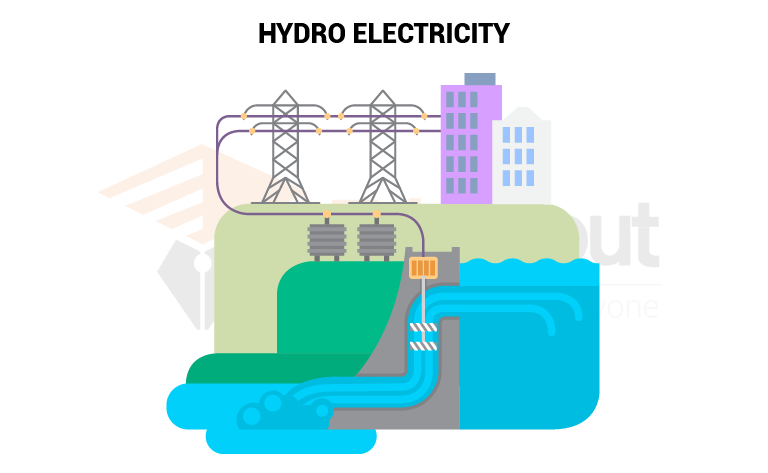What is Radiant Energy?-Definition, Analysis, And Application
Radiative energy is the physical energy that comes from an electromagnetic source into the surrounding environment. gamma rays, x-rays, radio frequencies, microwaves, light, and heat are some of the radian energy sources.
What is radiant energy?
The term “radiant energy” is most often used in the fields of radiometry, solar energy, heating, and lighting, but is also sometimes used in other fields. “radiant energy” is sometimes used to refer to the waves themselves, rather than their energy, in modern applications involving transmission of power from one location to another.
In the past, the term “radiant energy” has also been used. For example, the first gravitational waves ever observed were produced by a black hole collision that emitted about 5.3×1047.
Analysis of radiant energy
The energy carried by the photons can be viewed as photon energy, which is the energy that comes from the stream of electrons. EM radiation can be seen as an electric wave, which carries energy in its magnetic and electric fields. Both views are reconciled to one another in quantum field theory, and they can have different frequencies.
The bands of frequencies present in a given signal may be defined in ways that are similar to the atomic spectrum or blackbody radiation. The energy carried by each photon is proportional to the Frequency in the particle picture.
The wave picture shows that the energy of the wave is proportional to its intensity. This means that if two waves have the same intensity, but different frequencies, the one with the higher frequencies contains fewer photons since each photon is more energetic.
In the case of a photoelectric material, the energy of the waves is converted to heat or electricity when they are absorbed by an object. This effect is familiar due to the fact that sunlight warms the surface that it irradiates.
This phenomenon is usually associated with infrared radiation, but any kind of radiation will warm an object that absorbs it. If the waves are reflected or scattered, their energy can be redistributed as well.
Applications of radiant energy
It can either be generated by a lamp or absorbed from the sun and used to heat the water. The heat energy is emitted from a warm element (floor, wall, overhead panel), and warms people and other objects in rooms rather than directly heating the air. Even though the room appears just as comfortable, the air temperature may be lower than in a conventionally heated building because of this.
Treatment and inspection, separation and sorting, medium of control, and medium of communication are just a few of the other applications of radiant energy. A source of energy and a detector that responds to radiation are some of the applications that involve a source of energy and a detector.
The responses to incident radiant energy can be either an increase or decrease in electric potential or current flow, or some other perceivable change, such as exposure to the photographic film.







Leave a Reply